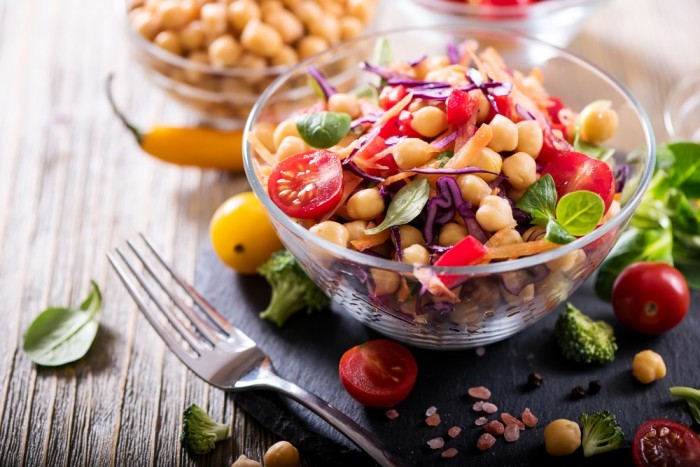
A lot of my vegetarian clients worry about whether they are getting enough iron. All of us are being encouraged to eat a bit less meat and a lot more plants. So if we are cutting back on meat should we be worried about iron? In this blog post I will be ironing out the myths about dietary iron and showing you how to make sure you get what you need.
There are two types of iron, haem and non-haem. Haem iron is found in meat, offal (liver and kidneys etc) poultry and fish. If you are vegetarian you will only be getting “non-heam” iron. Most of us eat some meat or fish and so get some haem iron. It’s important to have a think about where you get your iron because non-haem iron is much harder for our bodies to use. Furthermore vegetarian foods contain a lot less iron than meat, poultry and offal or even fish. However it’s a myth that you can only get enough iron if you eat red meat or offal. If you are vegetarian or if you eat very little meat, offal, poultry or fish you will need to know which vegetarian foods pack the best punch when it comes to iron and how to make sure you absorb as much of it as possible.
Which vegetarian foods pack the best iron punch?
There are lots of useful vegetarian source of iron. The list below shows some good options. If you are vegetarian or eat very little meat, offal, poultry or fish then aim to eat a variety of these every day.
Unsweetened breakfast cereals fortified with iron e.g. Weetabix, Bran Flakes , Cornflakes
Ovaltine
Tempeh, Tofu
Amaranth, Quinoa
Pulses such as black-eyed beans, aduki beans, kidney beans, borlotti beans, peas, chick peas, lentils and baked beans
Dried apricots or prunes
Curly kale, swiss chard, spinach
Cashews, almonds
Boiled egg
Wholemeal bread with iron added
Marmite
Wheatgerm sprinkled on salads, and cereals
Tahini
Absorbing as much iron as possible
Phytic acid (high in wholegrains and legumes) and tannins (found in tea and coffee), reduce iron absorption. For this reason you should avoid consuming tea and coffee with meals. Don’t exclude wholegrains and legumes though as you need these for other vital nutrients. Instead make sure you have plenty of foods containing vitamin C at the same time as foods that contain iron and especially if you are eating foods that reduce iron absorption. For example include citrus fruits and juices, strawberries, kiwi fruit, pawpaw and melons, as well as green leafy vegetables, tomatoes, broccoli, and peppers.

